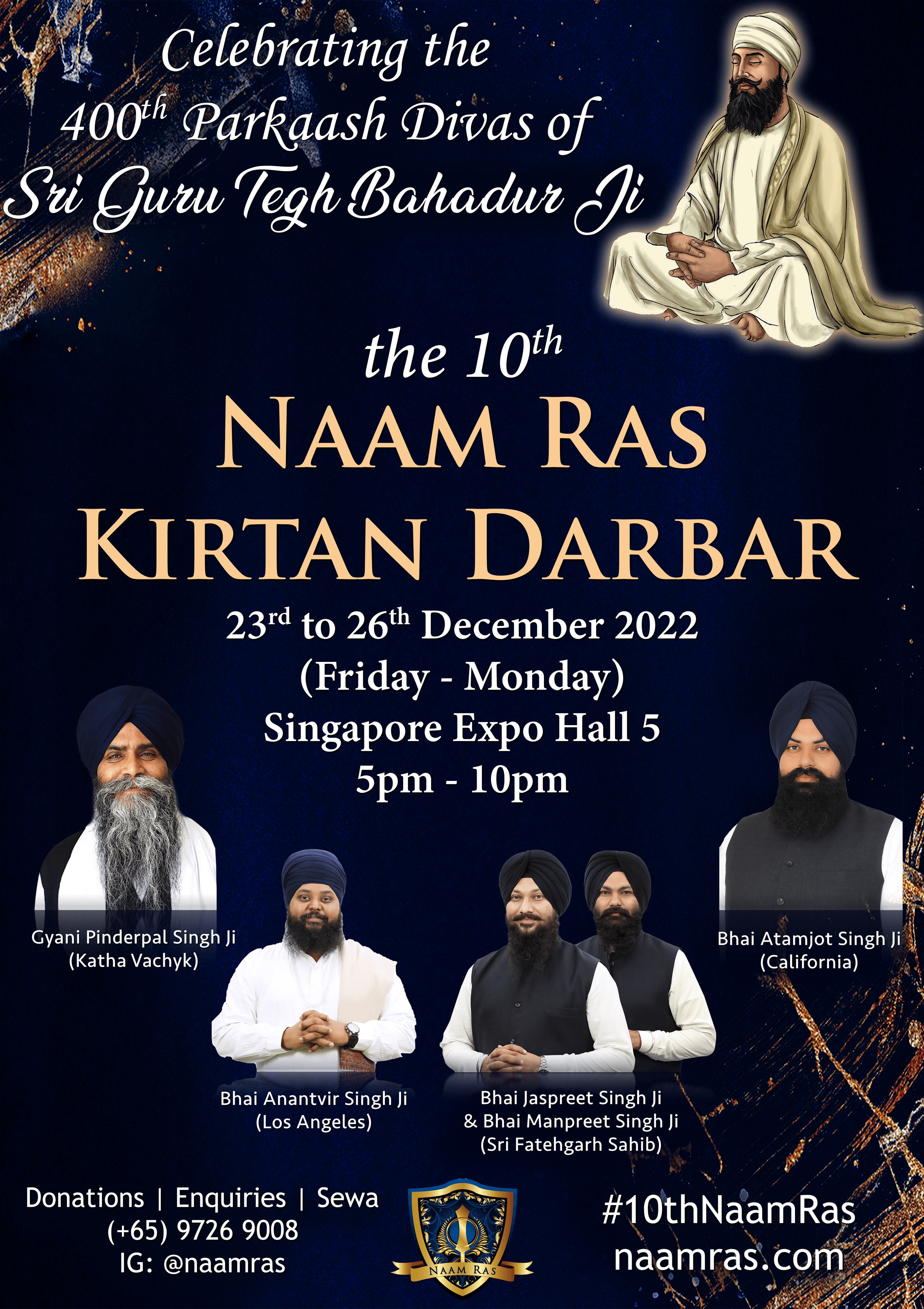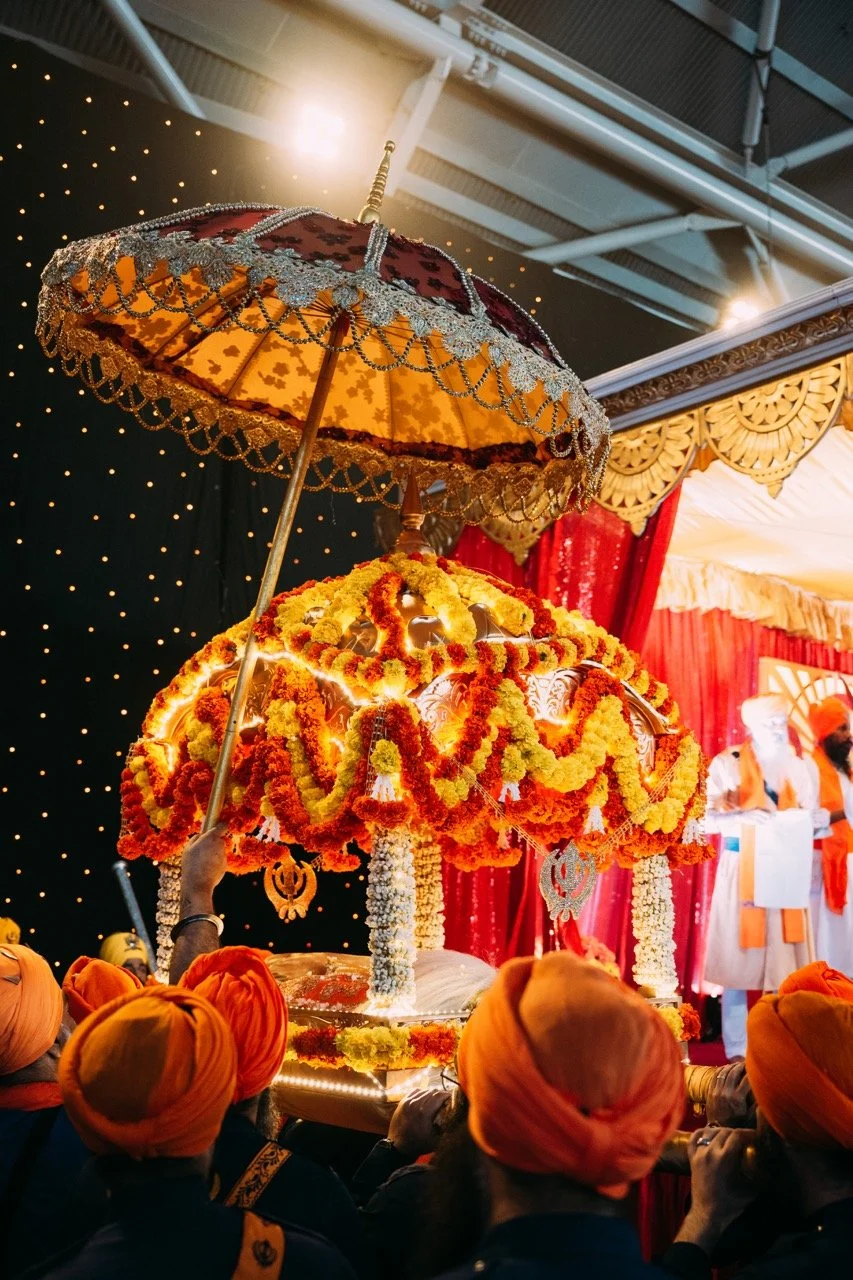

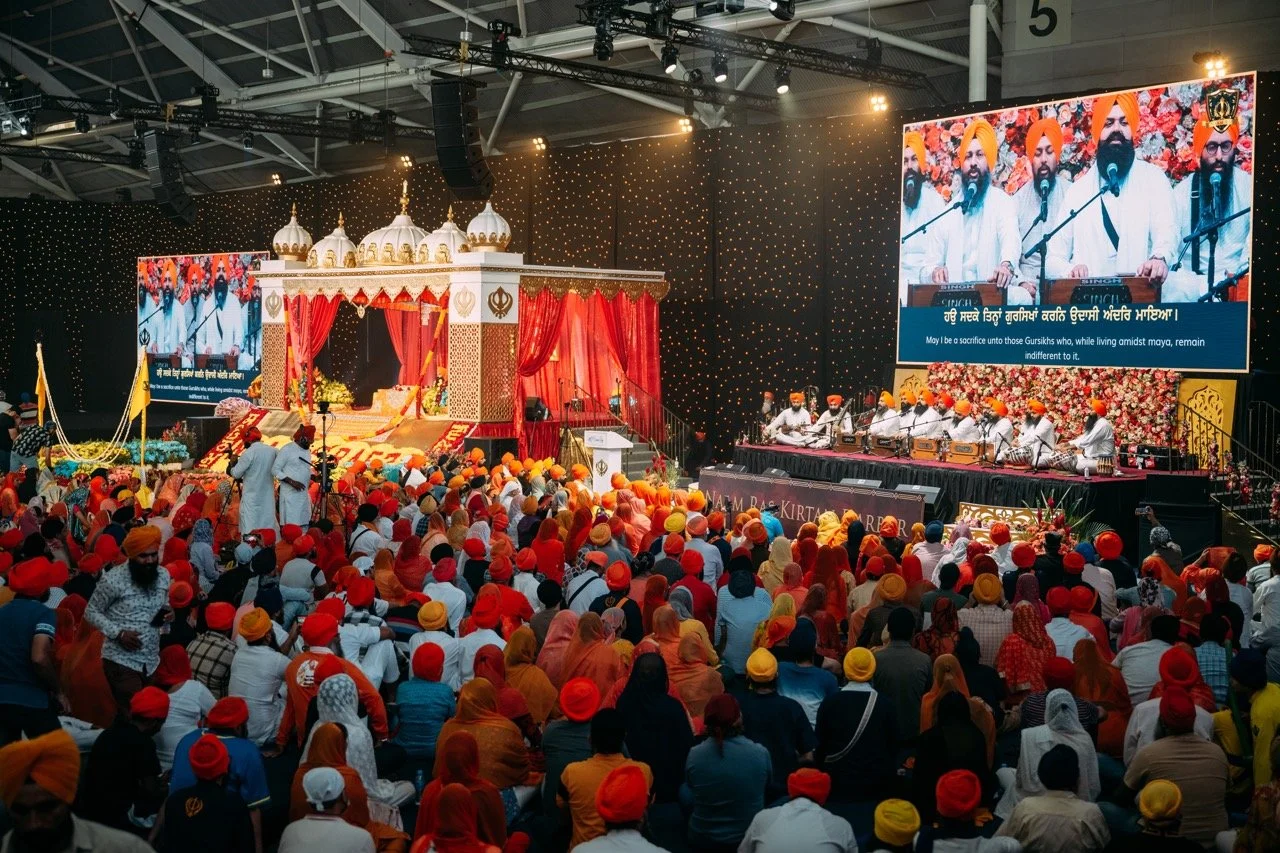



#10thNaamRas
#10thNaamRas
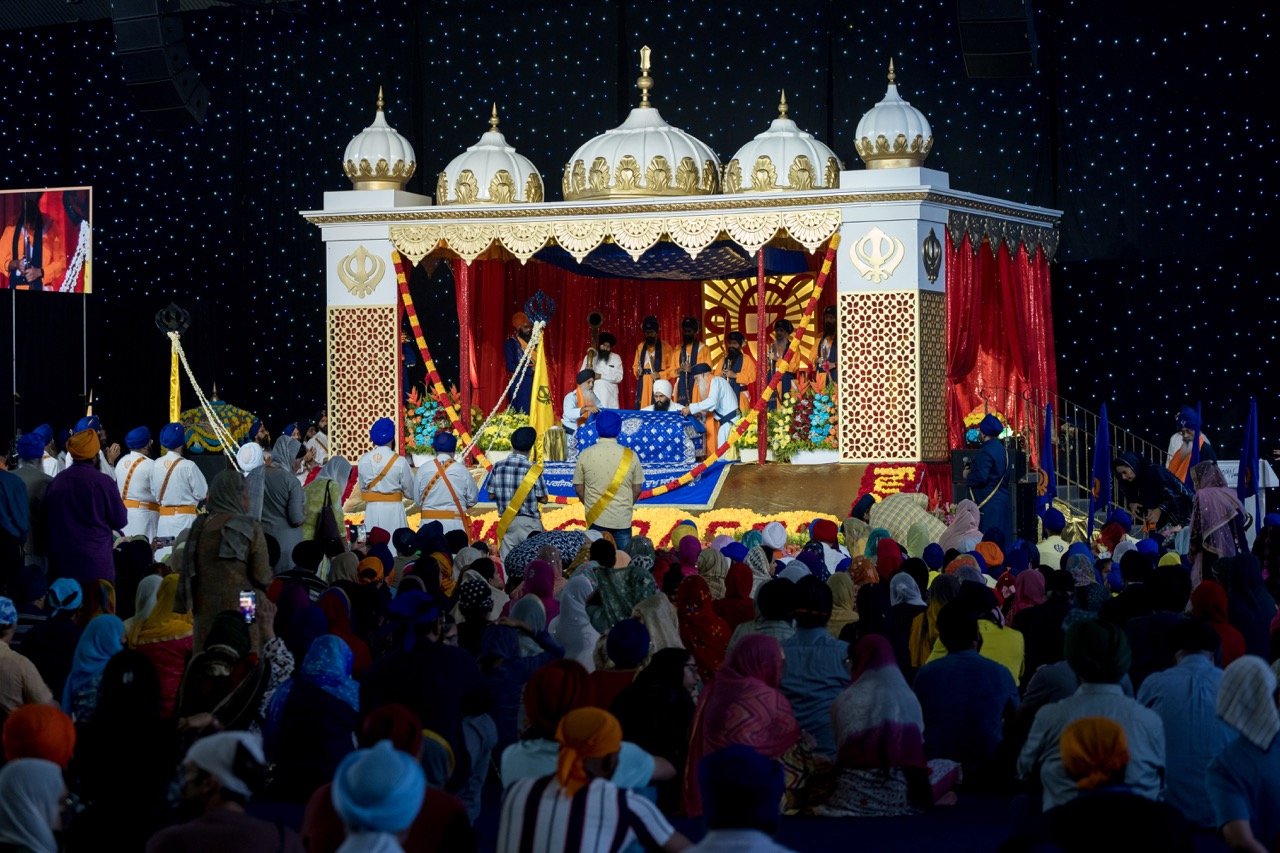
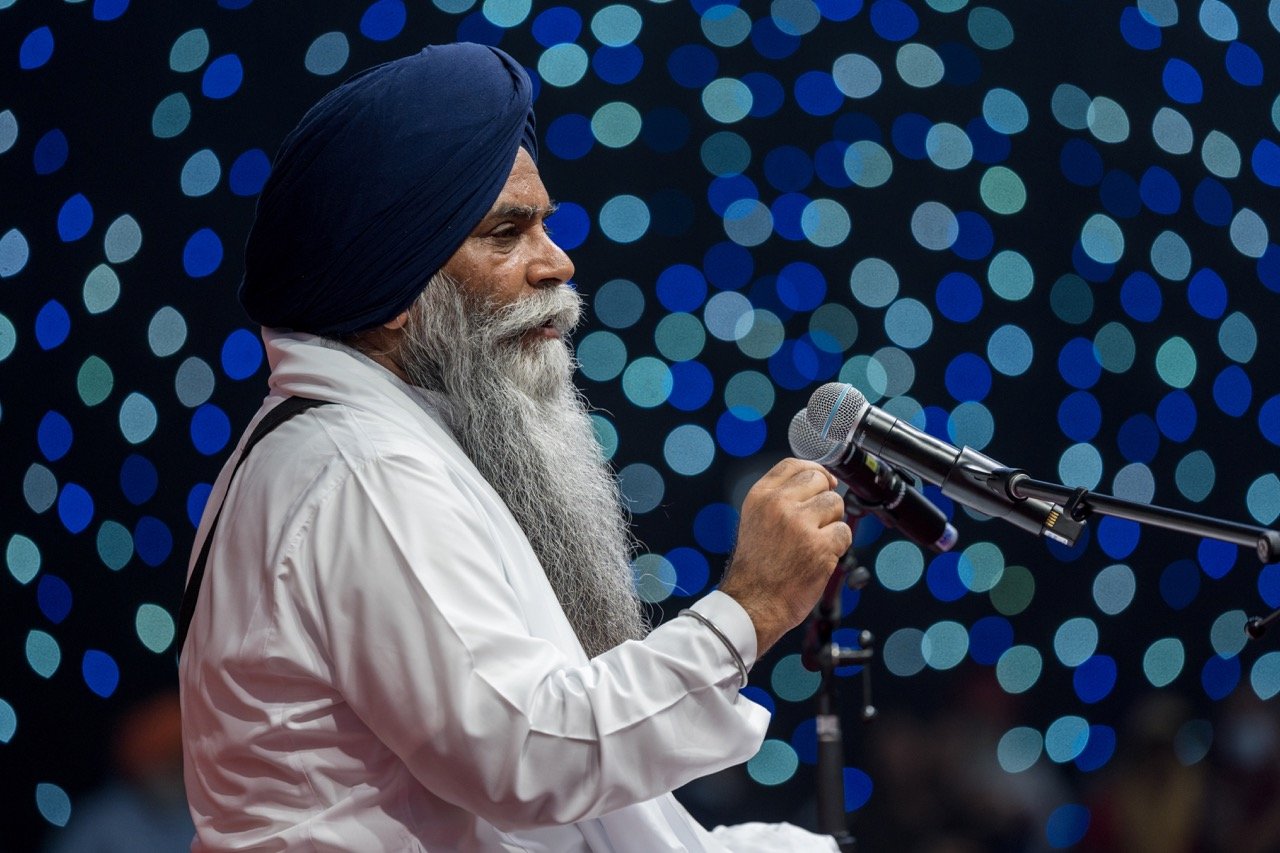
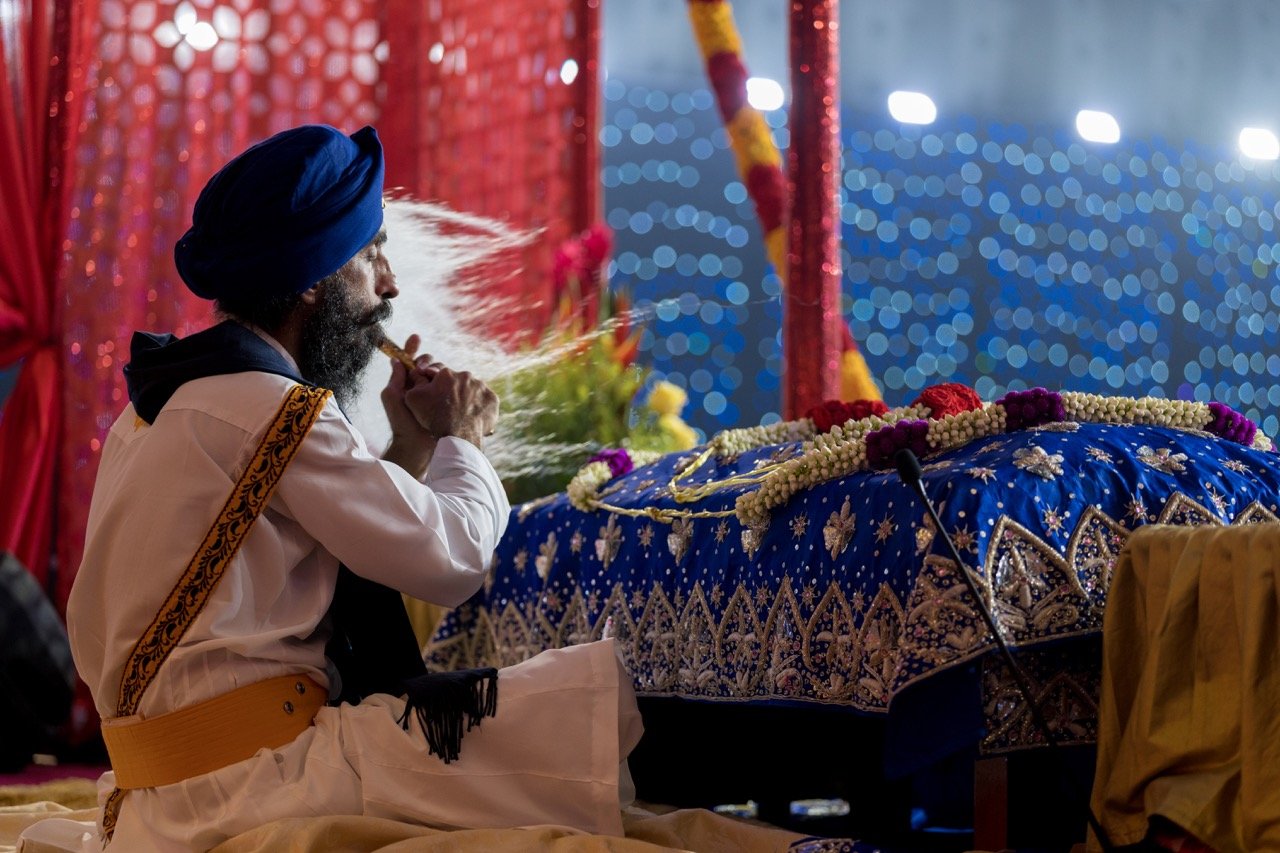
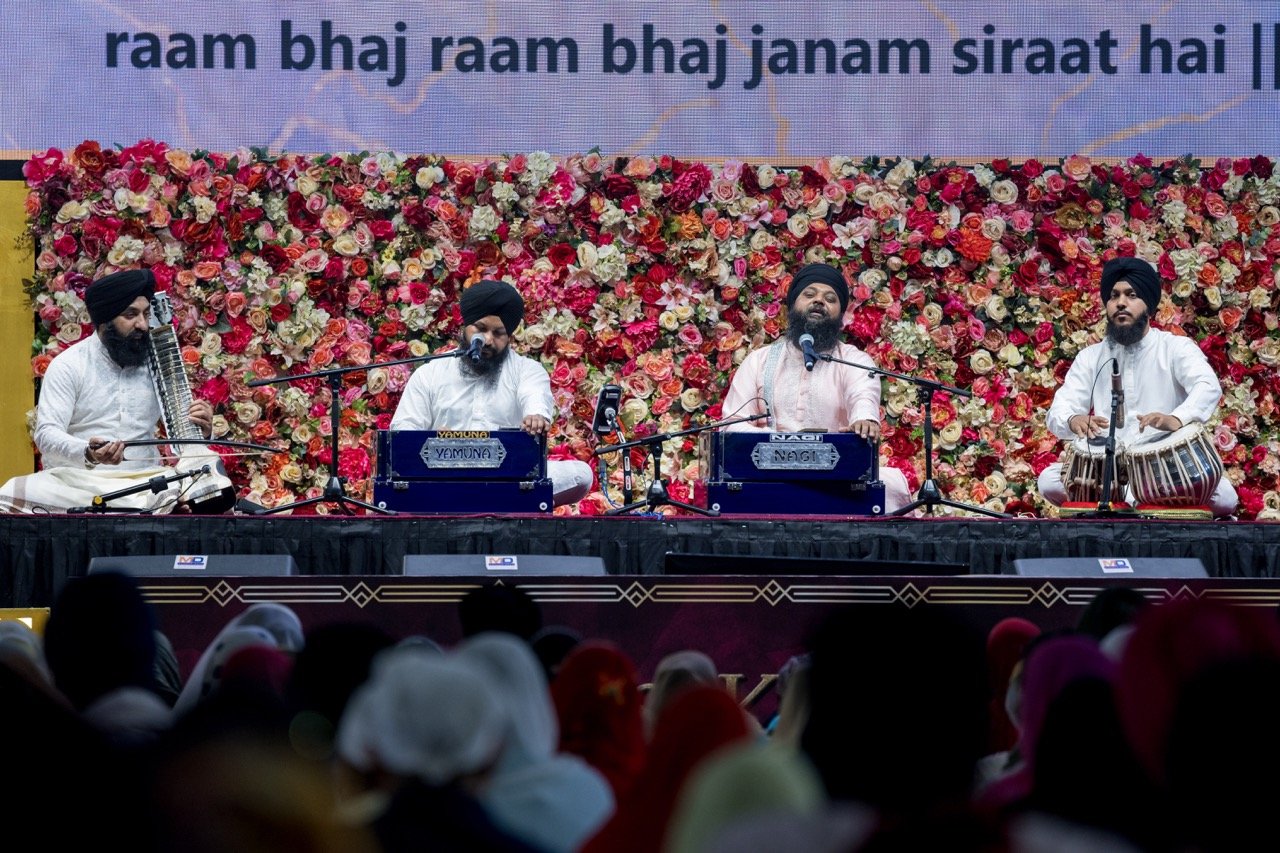

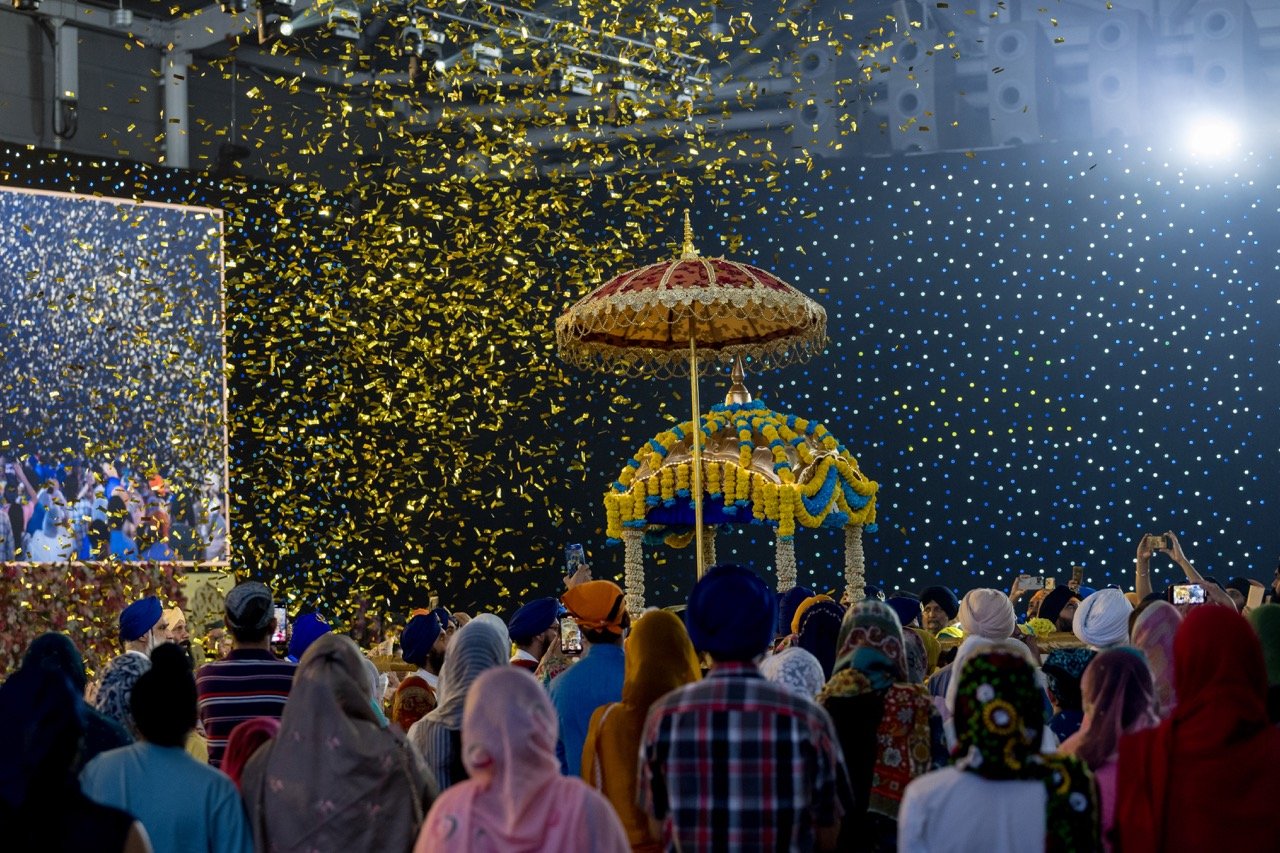
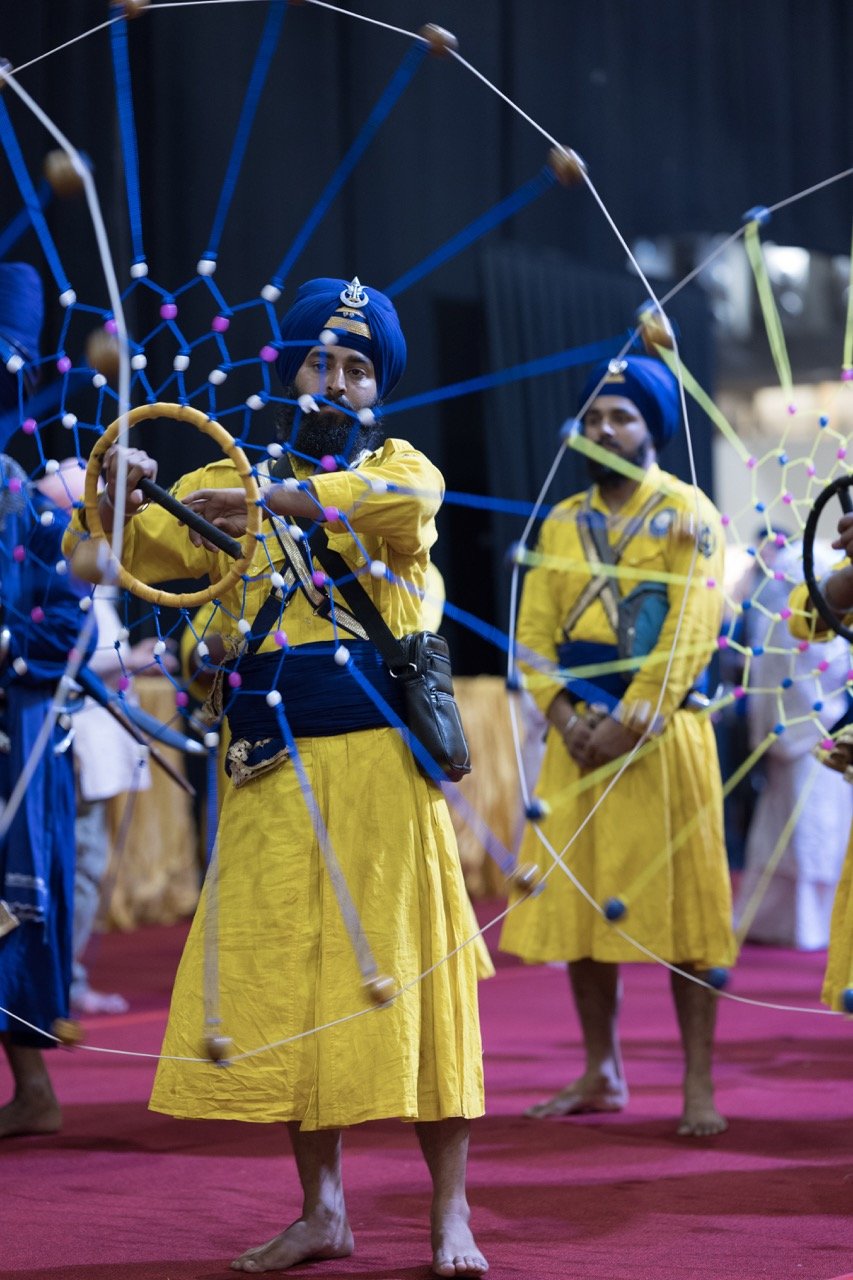
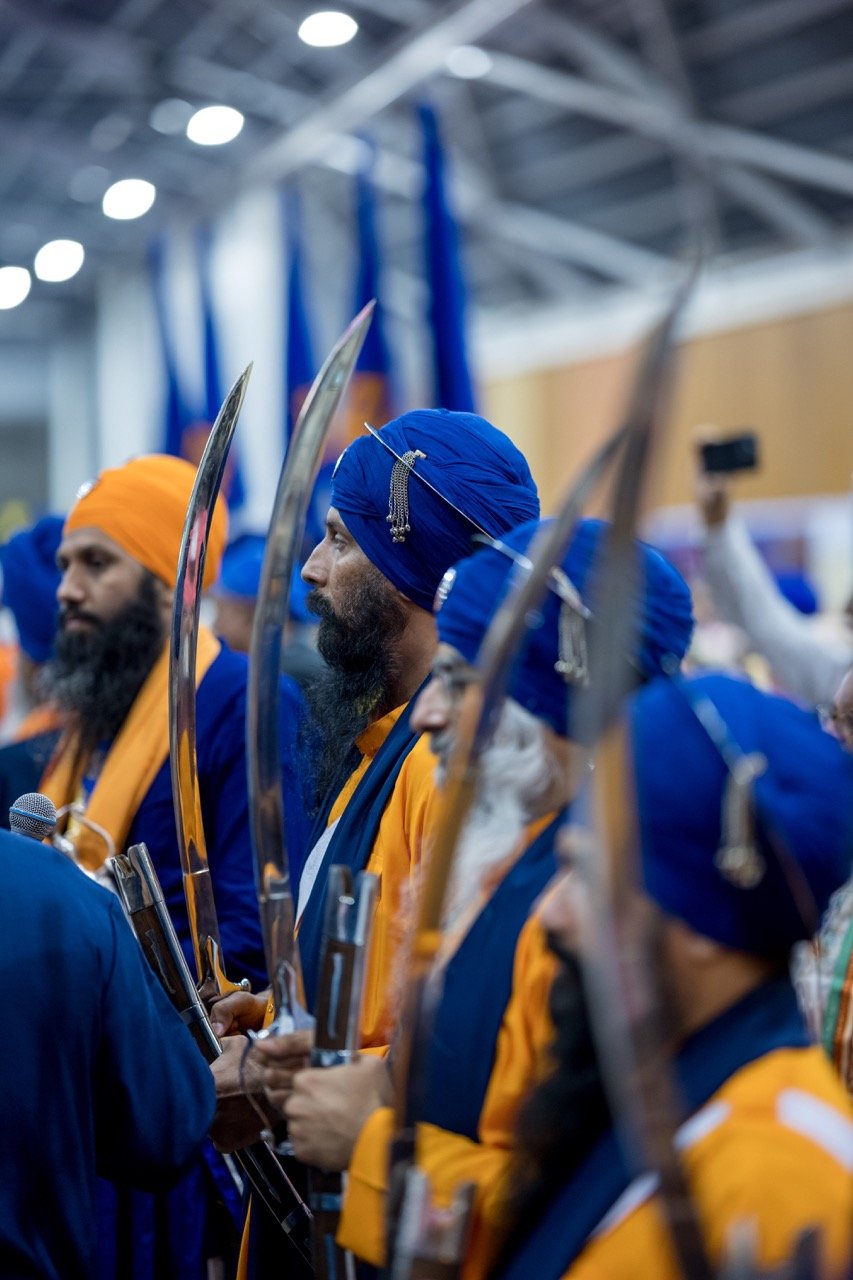
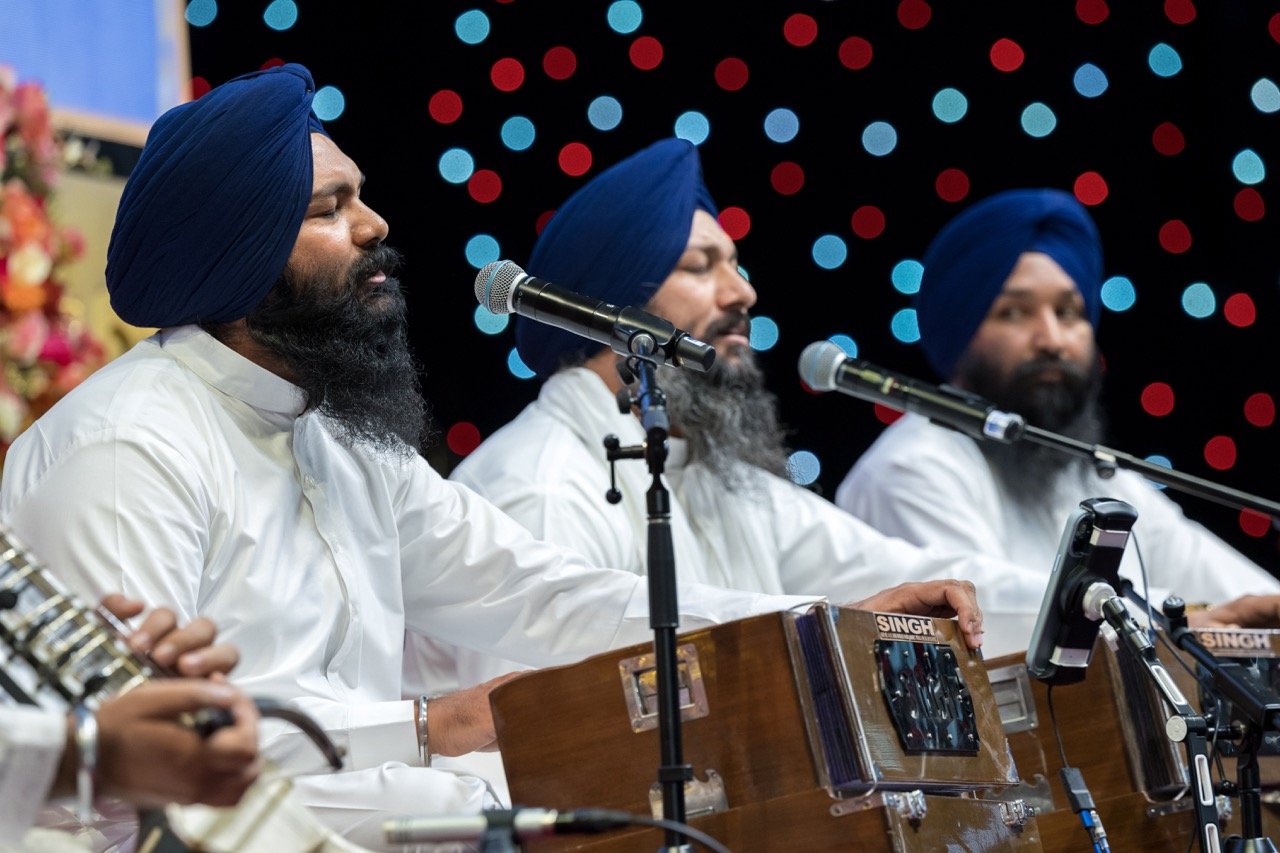

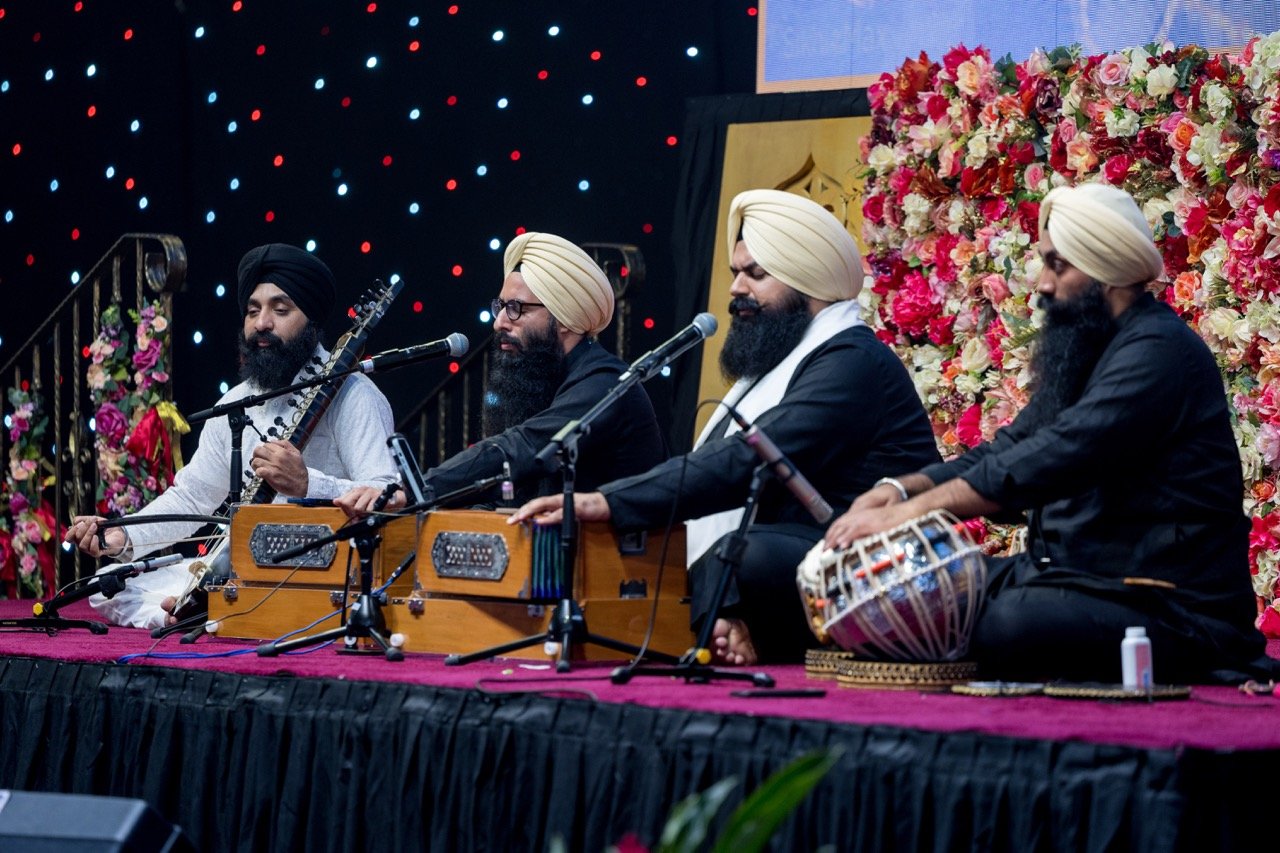
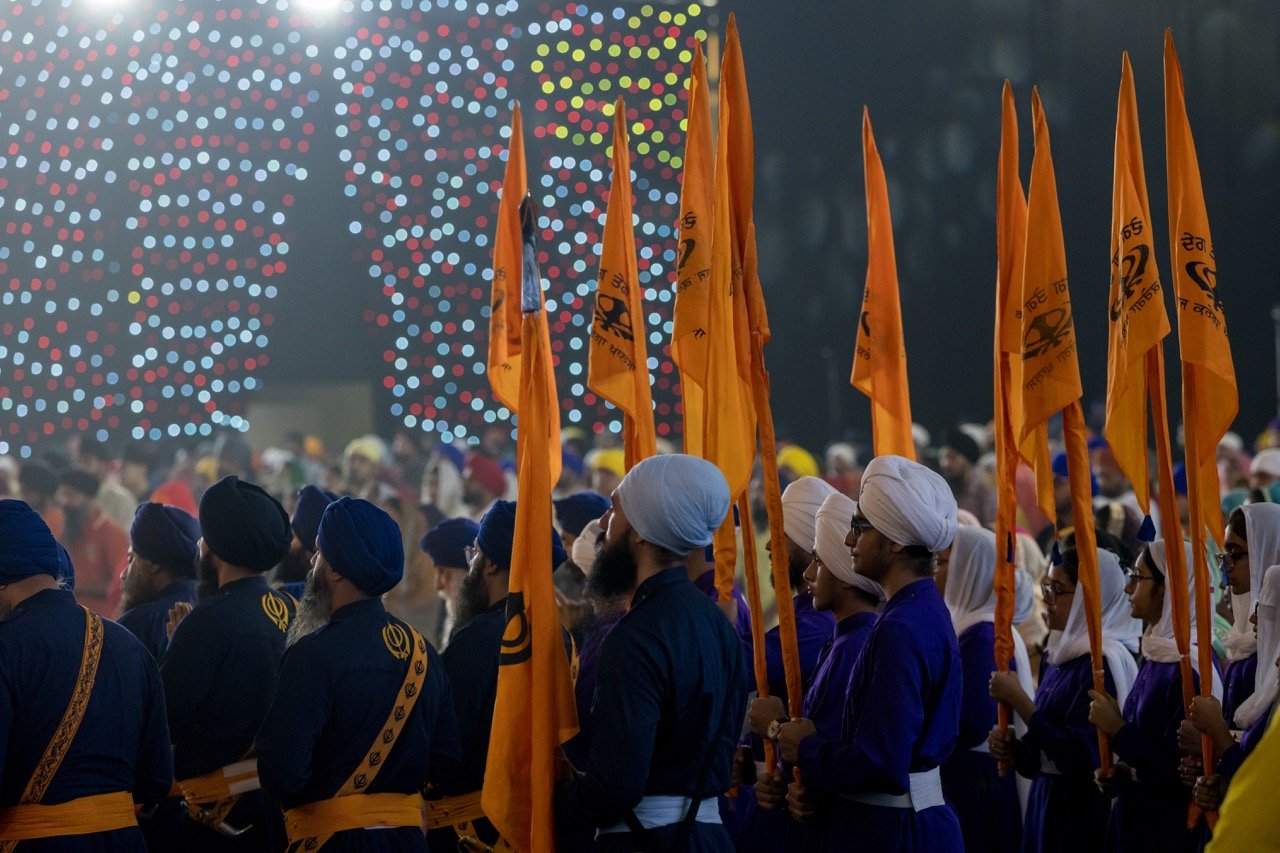
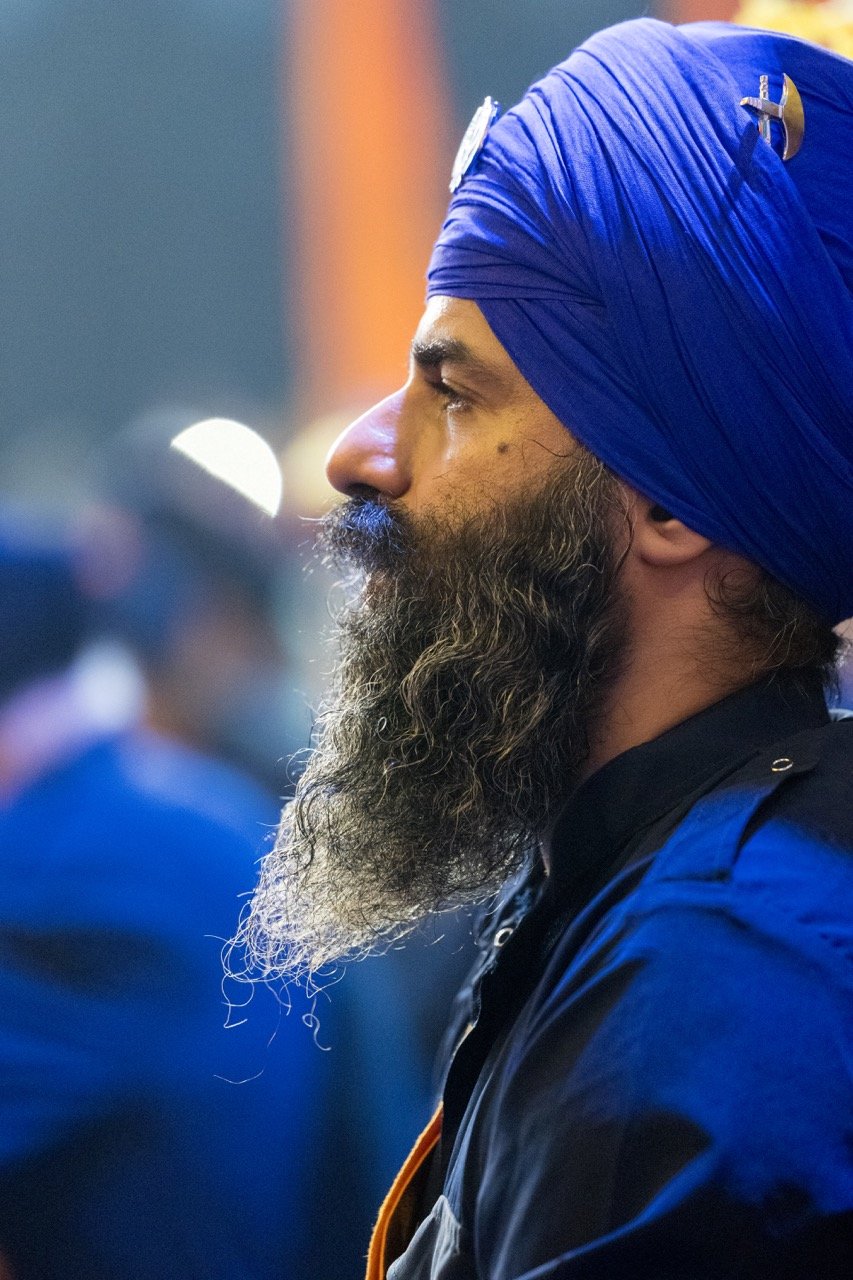
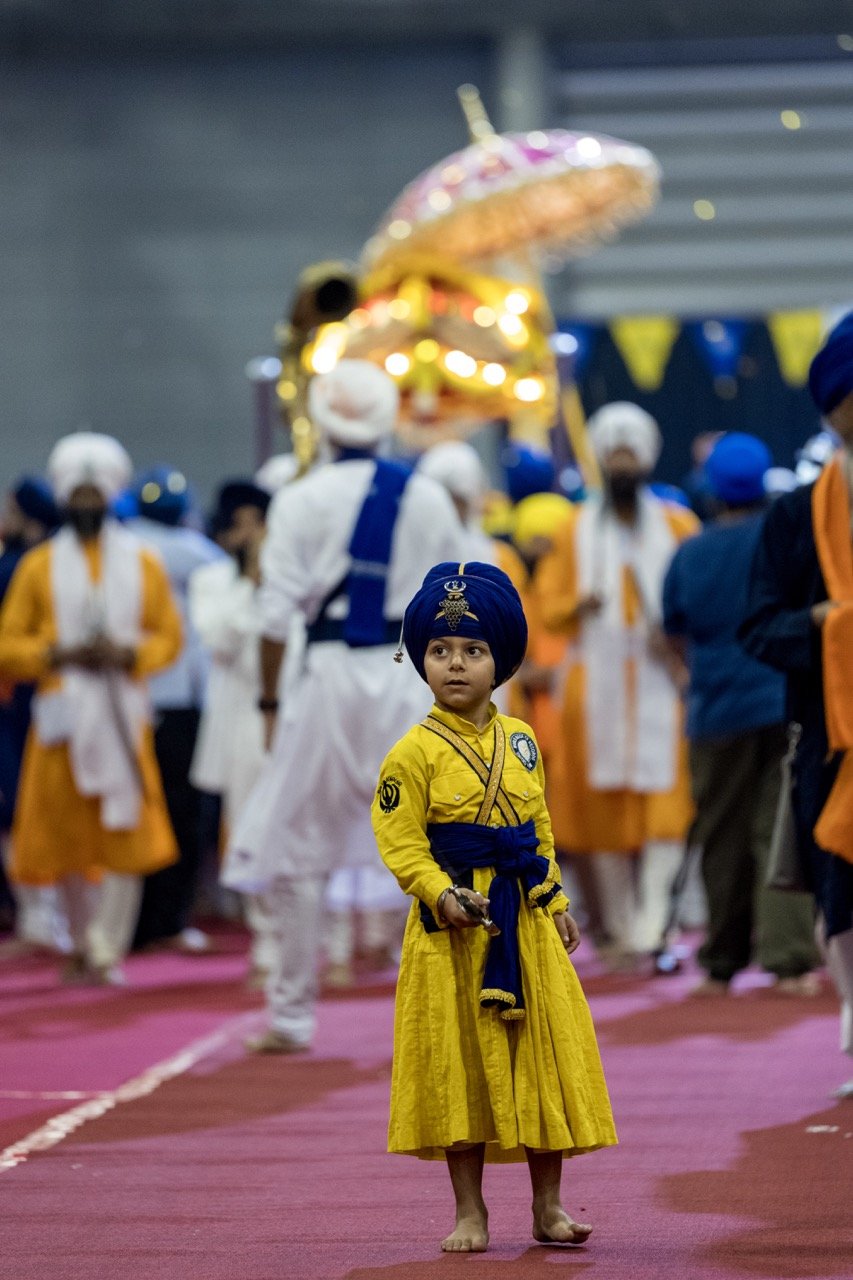

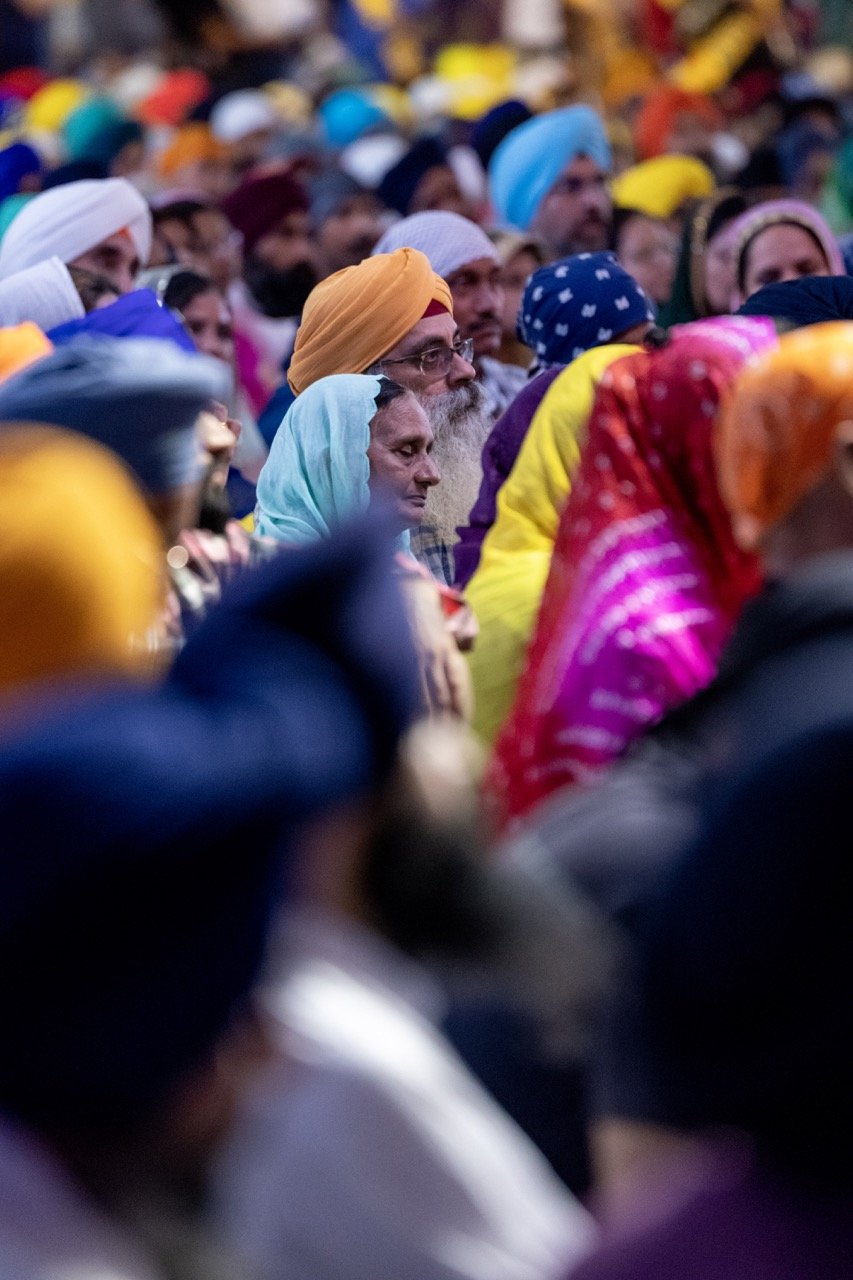
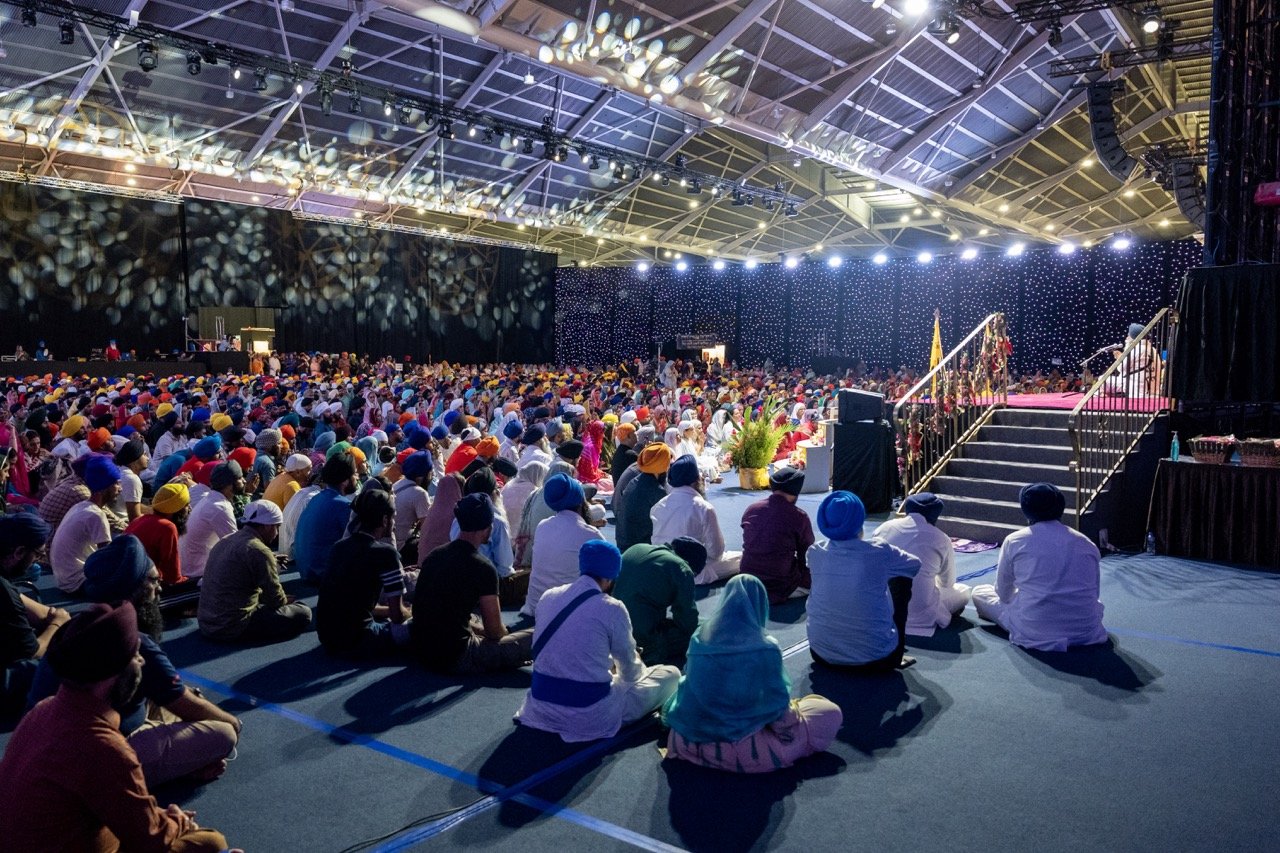
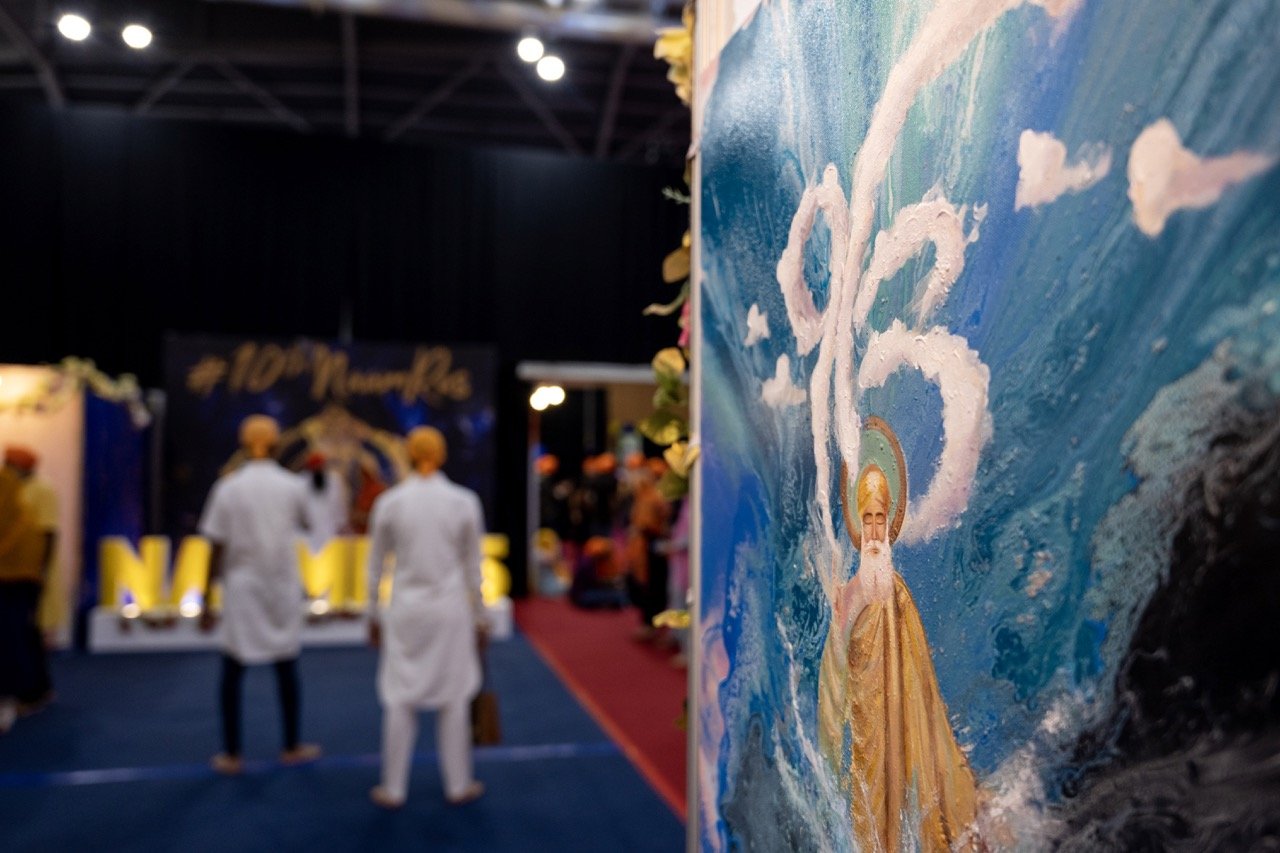

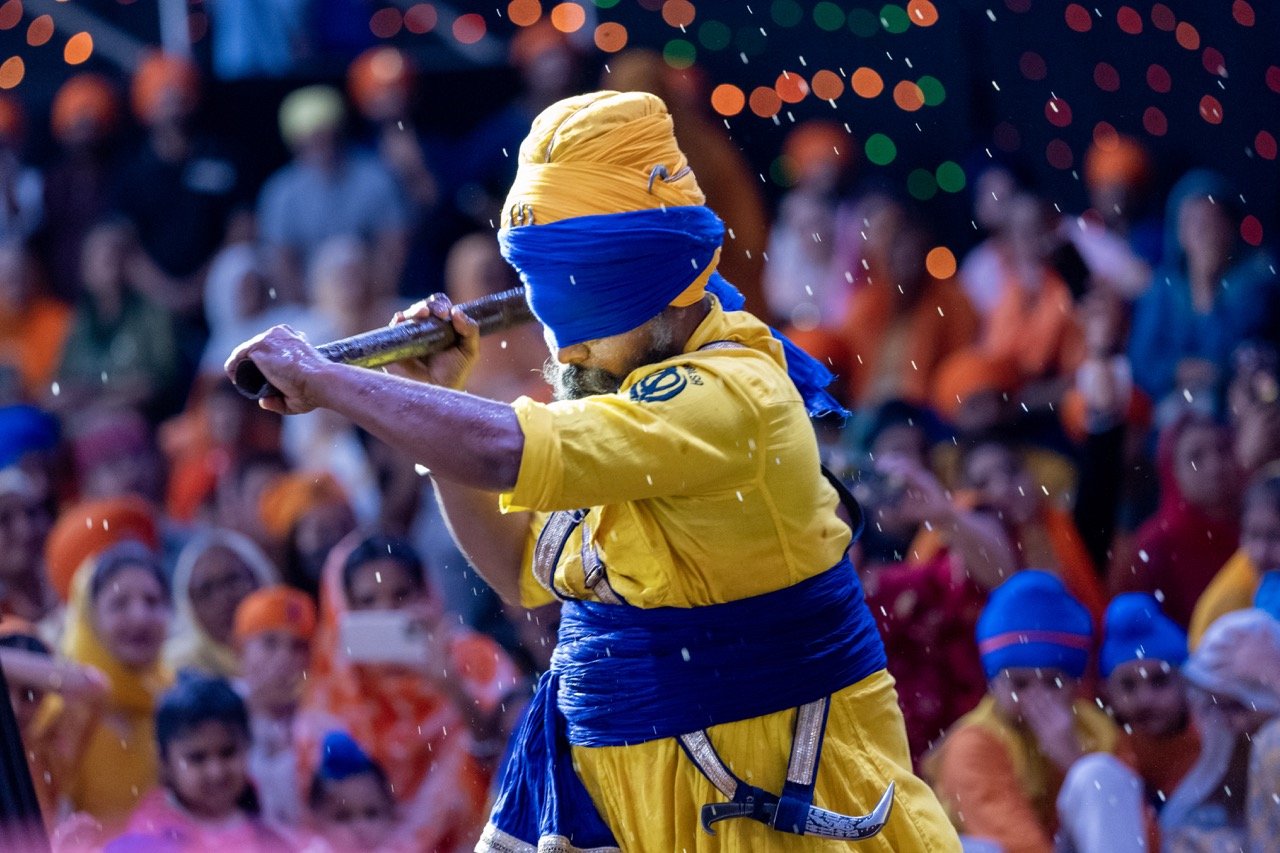
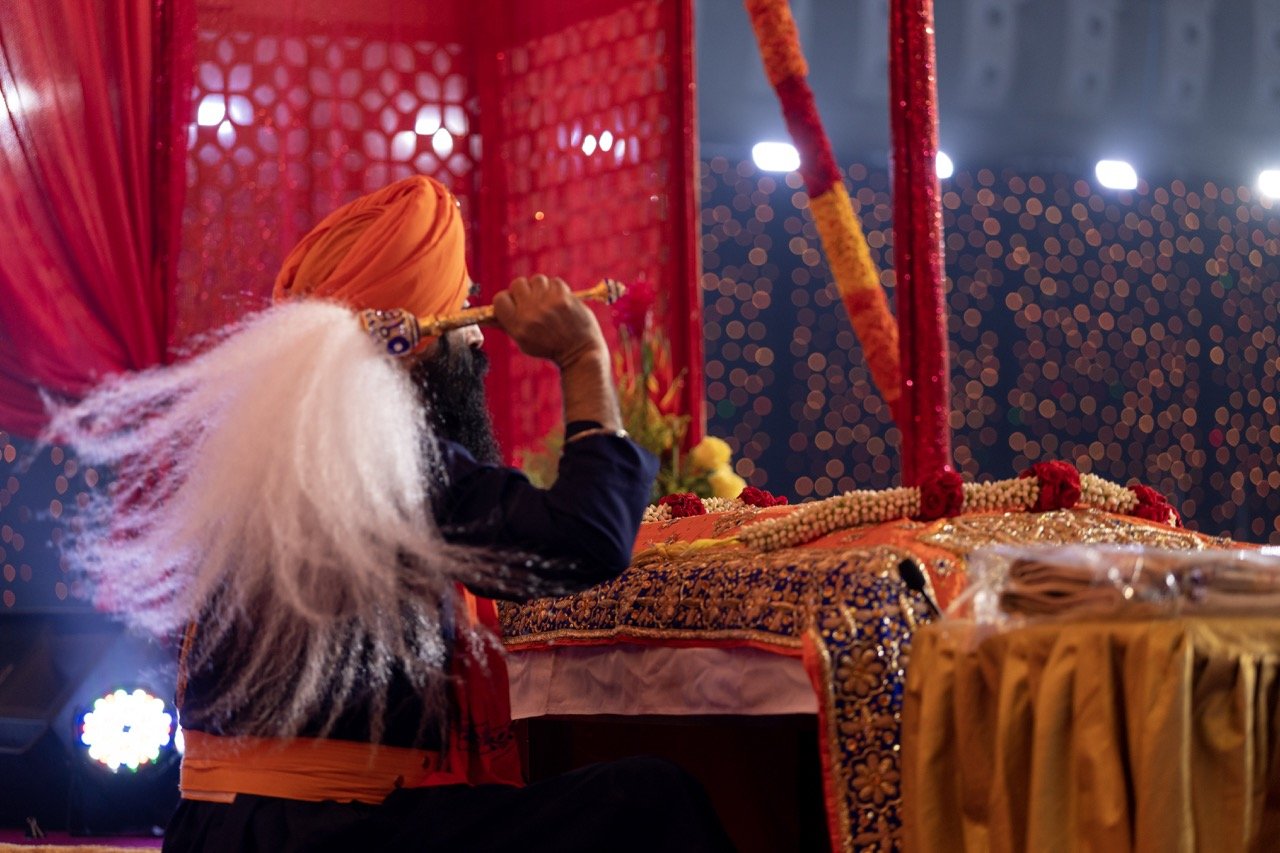
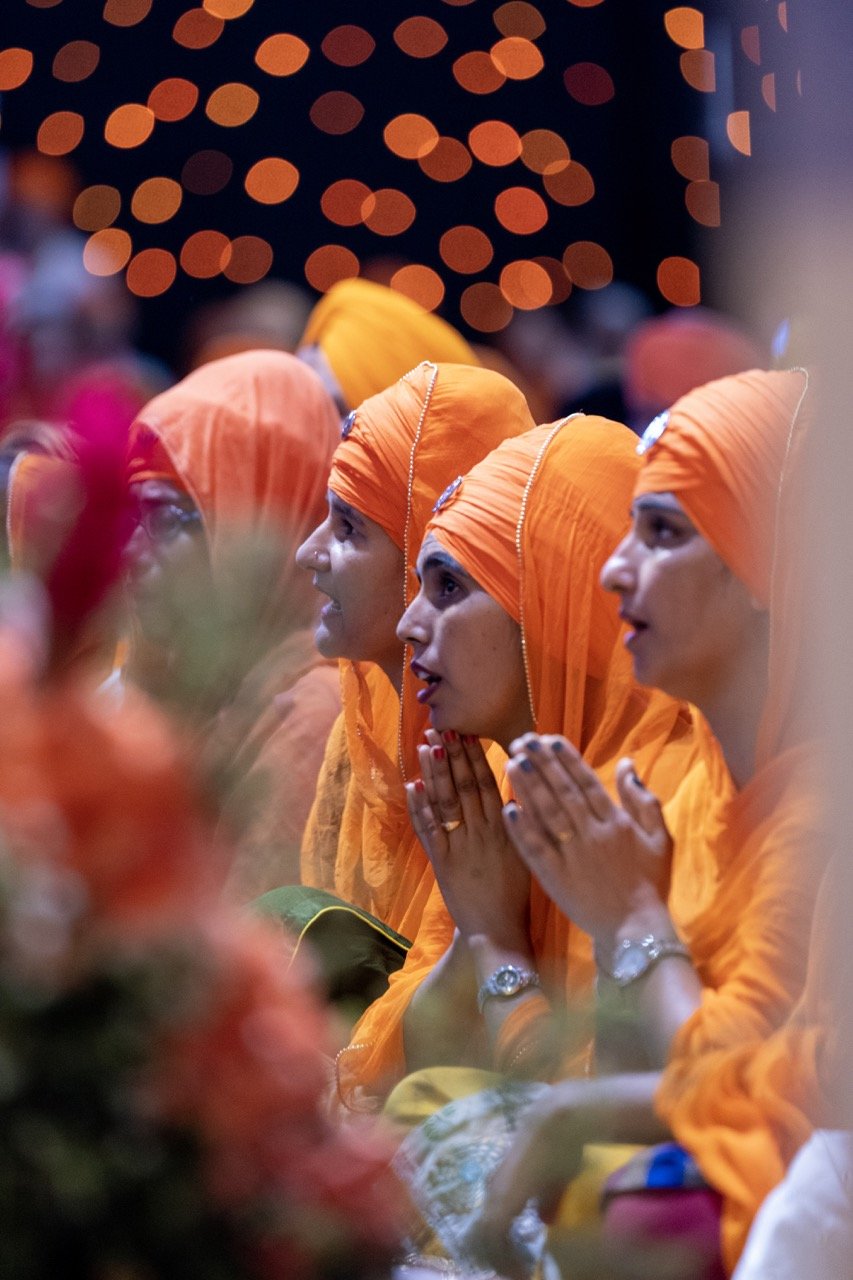
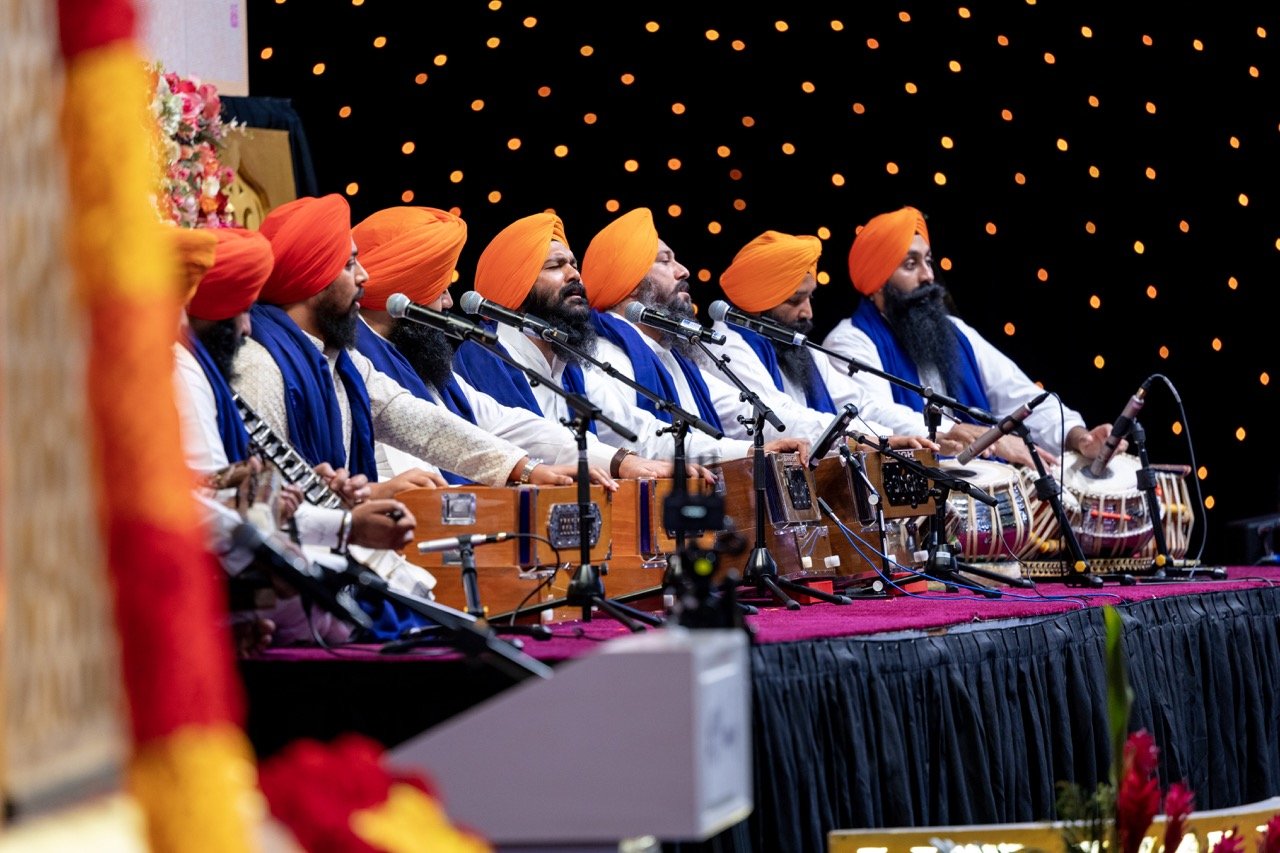
Naam Ras Kirtan Darbar
December 23rd - 26th 2022
#10thNaamRas

Kesri Day
Kesri Day
Kesri Day
Monday, 26th December 2022
In honor of the Shaheedi Divas of Sri Guru Gobind Singh Ji’s Sahibzaadey
Baba Zorawar Singh Ji & Baba Fateh Singh Ji.
Naam Ras has designated Monday 26th Dec 2022 as “Kesri Day”.
Sadh Sangat is requested to wear Khalsa colours (orange Dastaars, Dupattas or Baanas)

Amrit Sanchar
Amrit Sanchar
Amrit Sanchar
In conjunction with Shaheedi Divas of
Sahibzada Zorawar Singh Ji & Sahibzada Fateh Singh Ji
Sunday, 25th December 2022
Central Sikh Temple
(Wadda Gurdwara)
3rd Floor Darbar
Starts at 3pm
Please call 8189-4903 to register. Kakaars provided.
All kakaars will be made available, please let us know in advance if you need them
History
Khande di Pahul (Amrit ceremony) was initiated in the times of Sahib Sri Guru Gobind Singh Ji when Khalsa was inaugurated at Sri Anandpur Sahib on the day of Baisakhi in 1699. The beloved Panj Pyare Bhai DayaSingh Ji, Bhai Mukham Singh Ji, Bhai Sahib Singh Ji, Bhai Dharam Singh Ji and Bhai Himmat Singh Ji were the first to receive Amrit and they later gave Amrit to Guru Gobind Singh Ji. Sikh men were then given the name "Singh" meaning "lion" and the women received the last name "Kaur" meaning "princess.
A Sarb Loh (Iron or steel) cauldron (Bata or bowl) is filled with clean water. Some Patashas (sugar crystals/plums) are poured into the water. The Five Beloveds then sit in Vir Asan ( seated on the ground with left knee down and the right knee up) around the cauldron.
The mixture of Amrit is stirred with a Khanda while the Panj Pyares recite path of five Banis (Japji Sahib, Jaap Sahib, Sawayae, Chaupai Sahib andAnand Sahib) .
The various ingredients and the aids to the preparation of this Holy Nectar are symbolic of a few things that are held in the highest regards by theKhalsa. The "Sarb Loh Bata" (Iron cauldron) signifies the strength of heart and mind. The chanting of hymns signify strong faith and cohesion in the devotees. The Khanda (the two-edged sword) signifies a spirit of valor and bravery.
Five handfuls of Amrit are given for drinking, five handfuls are sprinkled over the hair and another five are sprinkled into the eyes of each of the devotee who offer to be initiated.

